The future of maintenance is full of new technological tools as the Augmented Reality. This will support, improve and evolve how we do maintenance. That’s not a daydream or a hope it is already applied. So it is a matter of time to be available for you.
When some some of the leading companies adopt those new technologies in maintenance then it is just a matter of time to be available for all other companies to apply and use. Augmented Reality is already used by GE, Boeing, DHL and Bosch. Then your turn to use it is down the road maybe at the next turn. What is Augmented Reality? Why those companies started using it before others? How we can use it in maintenance? Why those companies started using it before others? That what we are going to talk about.
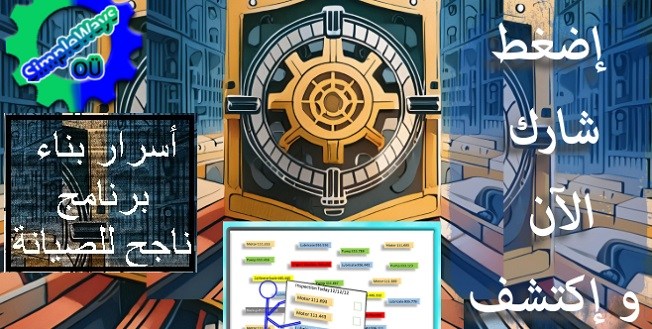
CUSTOMPRICE-TO2JAN26
Augmented Reality is used more than we know
Let’s first start by a literal definition of Augmented Reality to free our mind from wrong perceptions. Also, this will give us a great chance to see its application all around us. Finally we shall have the opportunity to differentiate it from VR or Virtual Reality.
Augmented Reality is an enhanced version of reality created by the use of technology to overlay digital information on an image of something being viewed through a device (such as a smartphone camera)
Augmented Reality Definition and Examples by Merriam-Webster
Usually our version of reality is what we can sense with our physical senses as see, touch and hear. If some technology overlay what we can see, touch or hear and augment to it some new information that’s what we call Augmented reality or AR for short.

CUSTOMPRICE-TO2JAN26
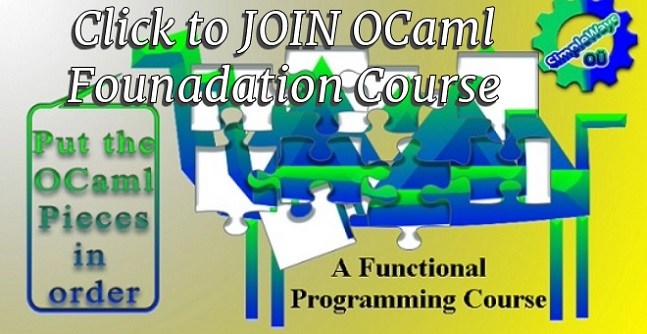
CUSTOMPRICE-TO2JAN26
Basic AR examples from everyday life
One of the very basic application of AR that we know about regardless if we use or not; is the Instagram filters. It takes your image and augment it with a blush, weird eyes or ears or whatever you try. It had just detected your face, your parts of face as eyes and ears. And then, digitally modified them in the image that you see on the screen of your mobile.
This model acts as an Agent to modify how you look. You can return to what we mean by an Agent in this lecture: The Future of Maintenance – Part 5.4, Can the AI Agent make its own rules?
The software agent in the app received an input through your mobile camera and your selection of the filter. The Agent perceived the environment it will work on which is your face and analyzed it. Then it produced a metaheuristic output on your mobile screen that represents a view of you augmented with the best possible look of you augmented with this filter.
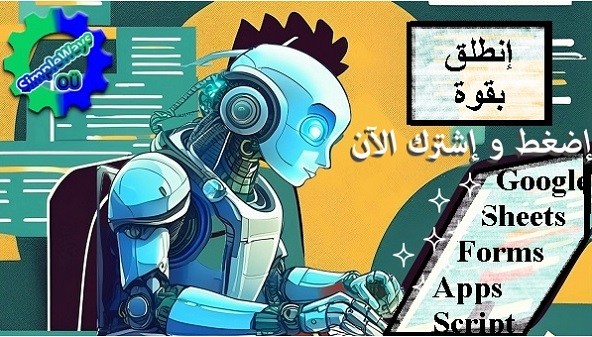
CUSTOMPRICE-TO2JAN26
There are simpler examples when you scan the QR code of a product or a restaurant menu. Then the Agent or the AR converts this QR into a set of information that you can’t from the QR code itself.
Studies for AR view glasses started in the 1960’s in some Universities as Harvard but it wasn’t till the 1990’s when the entertainment industry and the game industry invested in making it commercially available as in 3D movies and games. In 3D movies see things flying around you. In Gaming you fight 3D objects but also your body gestures are sensed and used to augment the game.
AR vs VR or Augmented Reality vs Virtual Reality
It was described simply and just to the point by Investopedia in their article here:
Augmented reality uses the existing real-world environment and puts virtual information—or even a virtual world—on top of it to enhance the experience. For example, think of Pokémon Go, where users are searching in their real-life neighborhoods for animated characters that pop up on their phone or tablet.

CUSTOMPRICE-TO2JAN26

CUSTOMPRICE-TO2JAN26
In contrast, virtual reality immerses users into an entirely different environment, typically a virtual one created and rendered by computers. For example, virtual reality users may be immersed in an animated scene or a digital environment. Through a virtual reality headset, someone can walk around Italy as if they were actually there.
So, what is the relation between this and AR application in maintenance? Let’s see some leading examples of the story of AR in Maintenance
Why many of the new maintenance techniques come from the aviation industry?
To be frank, they have enough budget for R&D -Research and Development-. Their turnover allows for this investment. The cost of Maintenance, Repair and Overhauling -MRO in short- is that high that any reduction in its cost or improve in its quality makes payback in the order of millions of dollars. This will increase the revenue of the MRO shops, their customer i.e. airlines and will keep the budget of the paying flying customers under control.

CUSTOMPRICE-TO2JAN26
The chief manufacturing engineer for MRO at GE Aerospace says: “We really needed to fundamentally do something different to ensure we can support our customers’ cost of ownership and the turnaround time that they need”. That’s actually need to be the moto of every maintenance and repair team. Doing the correct maintenance with quality at less time will reduce the cost of ownership of the assets. Surely this will free some budget for investment that would return a higher value and increase the revenue at the end of the day.
What comes next to the Aviation industry is the Automotive and cargo industries . The size of the market, the cost of ownership to the car owners and, the accurate and timely delivery of cargo make them viable for experimenting.
Some industrial application of Augmented Reality
From their own website you can see success stories from GE, Bosch and DHL
For GE, The problem was that there were few good ways to tell if the retightened hose nut had hit that sweet spot. Workers with torque wrenches had to rely on their skill and judgment to nail the delicate balance. And it was solved by Wi-Fi-enabled torque wrench which shares the information with the an AR server. Then, it tells the mechanic whether they are properly tightening and sealing crucial jet engine b-nuts. AR will verify the correct value in real time of the hose nut it sees the mechanic working on before the mechanic moves on to the next step.
For Bosch, The problem was that wiring diagrams, graphics, diagnostic and repair information are often difficult to match up with the physical location in the vehicle. And it was solved by having visual solutions and information displayed on the tablet’s screen, through the ‘live’ camera. This enables faster and better repairs. In tests, 15% fewer errors speaks for itself.

CUSTOMPRICE-TO2JAN26
For DHL, they carried out a pilot project testing smart glasses and augmented reality in a warehouse in the Netherlands. They implemented ‘vision picking’ in warehousing operations. Graphics displayed on the smart glass guided the staff through the warehouse. This was the way to to speed up the picking process and reduce errors. The pilot test proved that augmented reality offers added value to logistics. This resulted in a 25 percent efficiency increase during the picking process.
Those examples were reported between 2015 and 2017, This gives enough time for the technology to be available for more users at different industry levels. Let’s see how they implemented those AR solutions and how we can adapt it in our common maintenance practices in the next chats.
In Conclusion,
Success stories are available for the application of Augmented Reality in maintenance since 2015. This gives enough time for the technology to be available for more users at different industry levels. We had explored the success stories of GE, Bosch and DHL. And we had explored the meaning of AR and it difference from VR. Let’s see how they implemented those AR solutions and how we can adapt it in our common maintenance practices in the next chats.
If you feel you need help with any of these ideas we discussed, request a Management Consultancy or Coaching Services From our Store

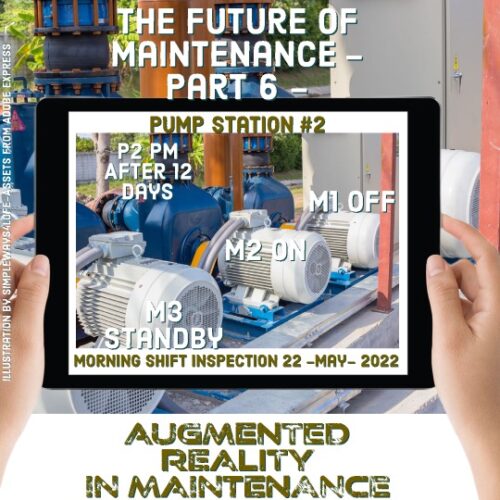



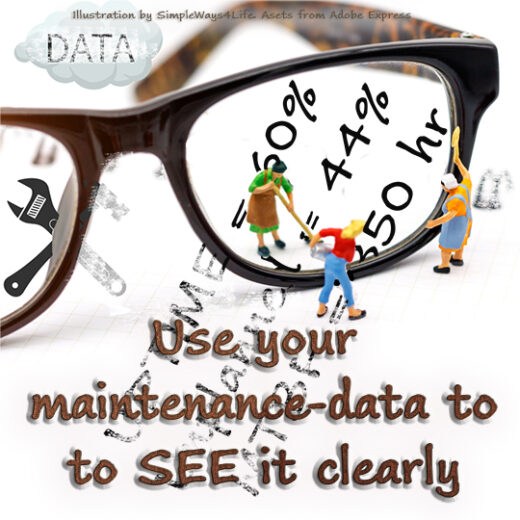
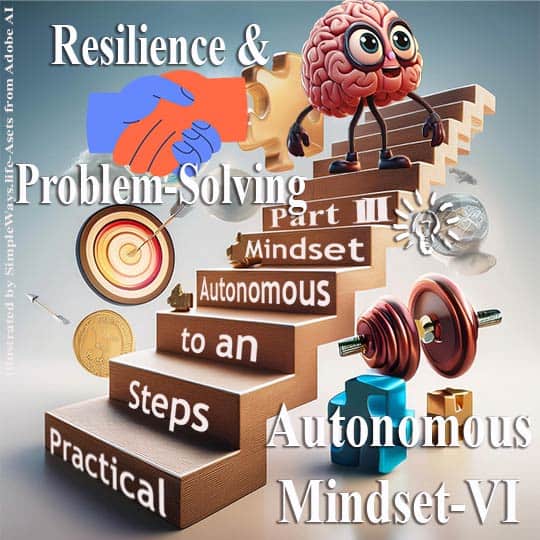
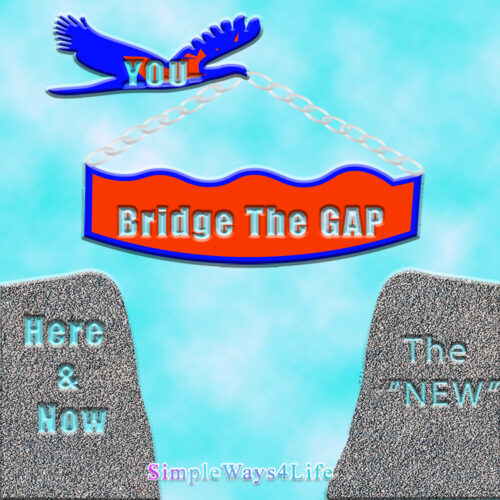
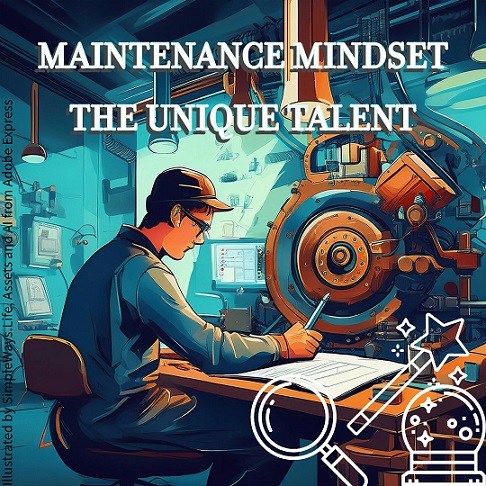
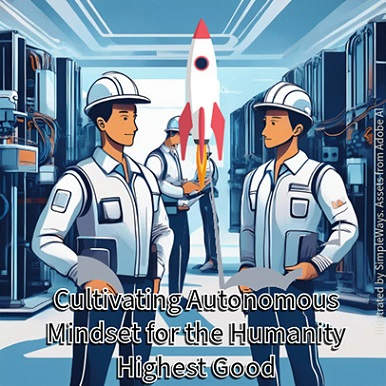

One Comment